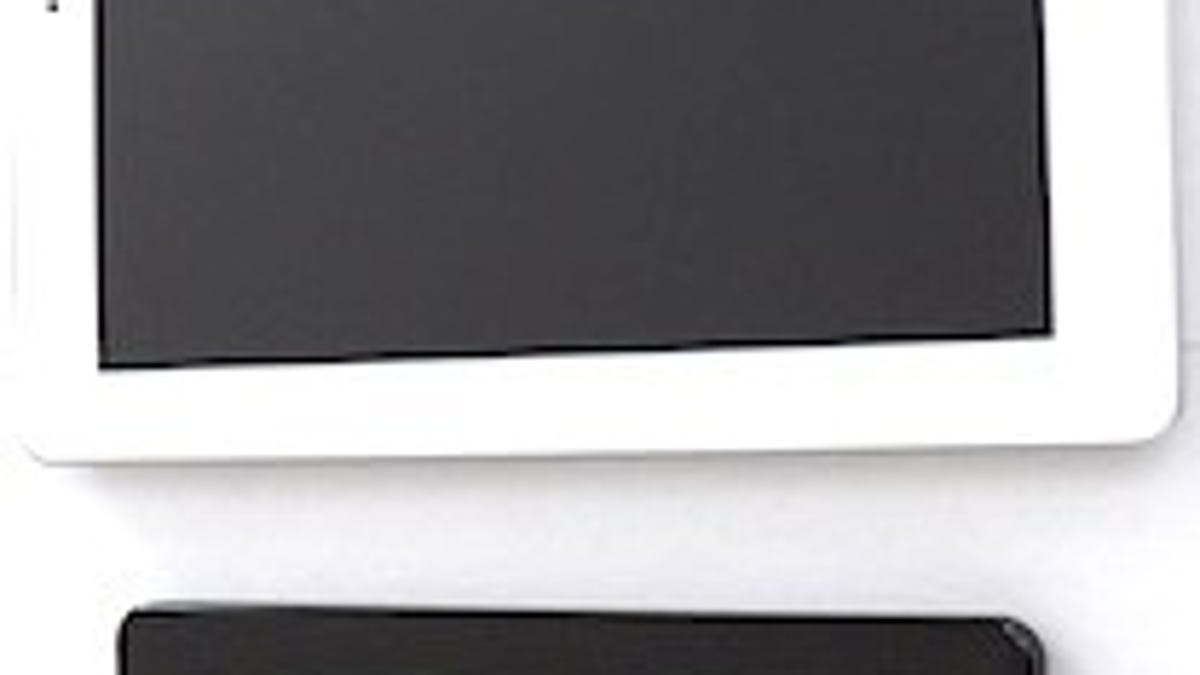Apple, Amazon, Asus: Three awesome tablet choices
Apple finally has real competition in the Amazon Kindle Fire--though it's a radically different concept than the iPad. And now Asus is trying to make its Transformer concept popular.

Apple made the tablet viable. Amazon showed that a populist concept can work. Now Asus may bring the latest wrinkle to the market.
Before we get to Asus, let's look at two of the most prominent players as of December 2011.
Apple's iPad 2:
- Screen: A gorgeous 9.7 inch screen: the perfect size for me.
- Interface: Ditto. iOS-based interface is the gold standard.
- Speed: Apple's A5 chip delivers good performance for a tablet.
- Responsiveness: No lag to speak of jumping between apps.
- Apps: Plenty of those.
- Battery: Acceptable but worse than the original iPad.
- Features: Two cameras; 3G (Verizon, AT&T 3G)
- Expansion: Limited ports.
- Design: Good balance of sturdiness, thinness.
- Price: But it's (too?) expensive, starting at $499.
Amazon's Kindle Fire:
- Screen: Good 7-inch screen: a little on the small side (for me).
- Interface: Amazon did an admirable job: clean, easy to use.
- Speed: Not iPad 2 fast but a Texas Instruments dual-core chip is inside.
- Responsiveness: I've found that lag is acceptable but on the slow side.
- Apps: Solid basic apps. Not iOS but a good start.
- Battery: Excellent. Sometimes as long as three days on one charge.
- Features: No cameras, no 3G.
- Expansion: One port.
- Design: A small black monolith. I have no complaints, though.
- Price: Ah, but it's very cheap at $199. This is what ignited the Fire's popularity.
Which brings us to Asus' latest, the Eee Pad Transformer Prime, slated to be available later this month.
Is this the future of high-end tablets?
Let me quote from CNET'S Review. "The Asus Transformer Prime sports an iPad 2-inspired design that's even thinner and nearly as light, while also managing to include microSD and Micro-HDMI support.
"The Prime delivers smooth and clear 1080p video, and the 8-megapixel camera captures detail and color more accurately than any other tablet we've reviewed. The Prime's ability to play games on HDTV via a game pad and throttling CPU speeds are feature highlights."
That's pretty high praise. In the short time that I've used it, I think its greatest promise (other tablet makers take note) is the ability to, well, transform into a laptop.
That bottom part is not just a tablet keyboard dock: Asus makes a serious attempt to offer a true hybrid. (I have an Apple keyboard dock that I used a few times and promptly put in a closet.)
I can't overstate the importance of having the option to switch to a true laptop mode. That's where Windows 8 tablets are going. And if Android can't make it happen, Microsoft and Intel will. Many Windows 8 laptops will be called ultrabooks but the design will scream hybrid.
And why not? That's the next Holy Grail of laptop design. Instead of carrying around two devices, you carry around one elegant, integrated design.
Getting back to the Asus Prime. It's one of the first tablets to use Nvidia's new quad-core processor, the Tegra 3. That's important, because now we're talking laptop-like horsepower. Game performance rivals the iPad, according to CNET Reviews. And it has a great camera to boot.
Note that Motorola is attempting the same general idea with the Atrix 2 smartphone and dock. It's not a bad idea, but Motorola's Webtop software environment is lacking. Moreover, trying to squeeze laptop-like processing power into a smartphone will always be a challenge.
So, will Asus lead the way to the next phase in tablets, at least at the high end? Motorola (under Google ownership) will continue to try to straddle the laptop and mobile space, not to mention coming out with better tablets like the Xoom 2. But the Asus Transformer Prime looks like the one to beat right now.

